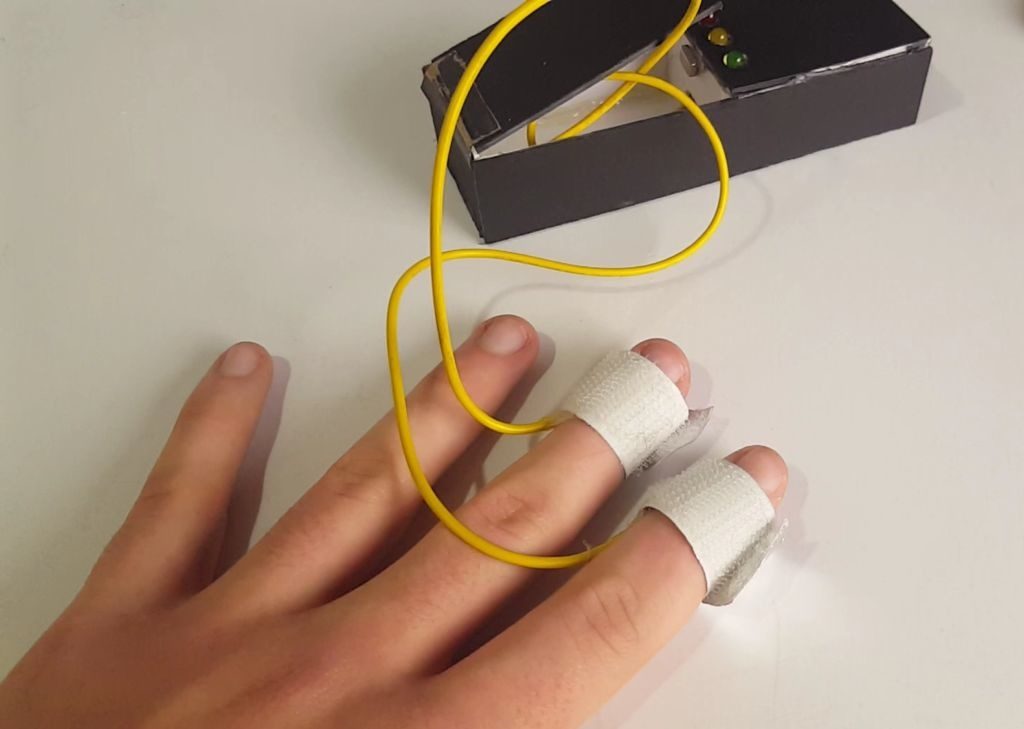- makeITcircular 2024 content launched – Part of Maker Faire Rome 2024Posted 2 weeks ago
- Application For Maker Faire Rome 2024: Deadline June 20thPosted 2 months ago
- Building a 3D Digital Clock with ArduinoPosted 7 months ago
- Creating a controller for Minecraft with realistic body movements using ArduinoPosted 7 months ago
- Snowflake with ArduinoPosted 8 months ago
- Holographic Christmas TreePosted 8 months ago
- Segstick: Build Your Own Self-Balancing Vehicle in Just 2 Days with ArduinoPosted 8 months ago
- ZSWatch: An Open-Source Smartwatch Project Based on the Zephyr Operating SystemPosted 9 months ago
- What is IoT and which devices to usePosted 9 months ago
- Maker Faire Rome Unveils Thrilling “Padel Smash Future” Pavilion for Sports EnthusiastsPosted 10 months ago
Arduino Lie detector : your partner is in trouble!

Are you sure? Are you telling me the truth?
How many times have you heard these words from you partner? With Dante Roumega’s lie detector it’s time to move on.
This system works by measuring an individual’s galvanic skin response, which is a fancy way of saying their conductivity. The basis for the project is that our skin changes its conductivity depending on how we feel, particularly following an evocative question.
Roumega connects an Arduino housed inside a small cardboard box to person being interrogated and to a computer running graphing software, which allows him to monitor the results in real-time. There are also three LEDs that enable him to tell if someone’s lying without looking at the screen. He starts by asking his subjects some easy things that they’d answer truthfully, like “what’s your name” or “where do you live,” followed by some that would likely prompt a false answer to get a baseline.
As for the finger pads, Roumega just used a few pieces of tinfoil, velcro and tape. He connects the Arduino’s A0 pin to one of the tinfoil strips and the 5v pin to another, and then wraps them around the middle and index fingers, respectively.
Required components:
- Arduino Nano R3
- 5 mm LED: Red
- 5 mm LED: Green
- LED (generic)
- Resistor 2K
- Cables
Sure it’s not the most accurate system ever made, but it’s so cool!
















One Comment